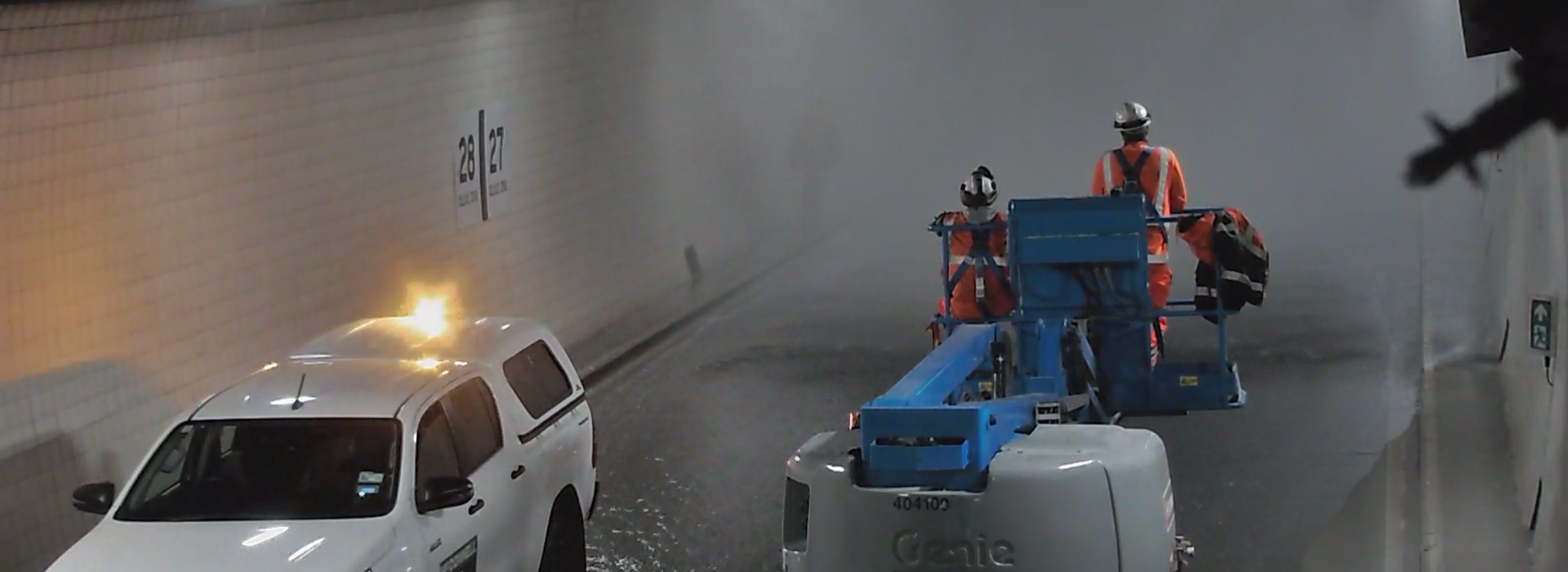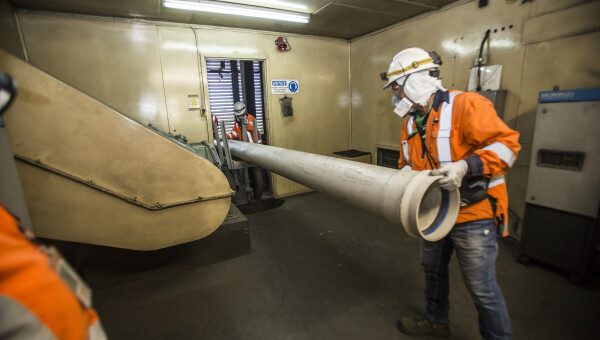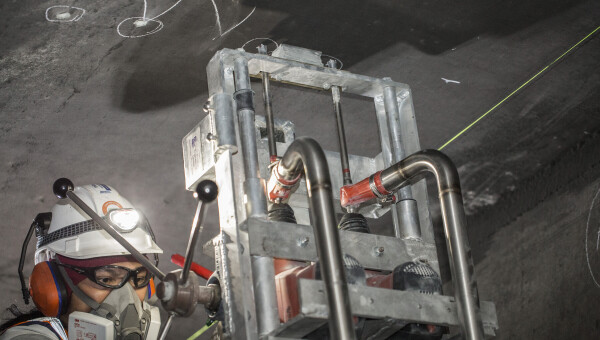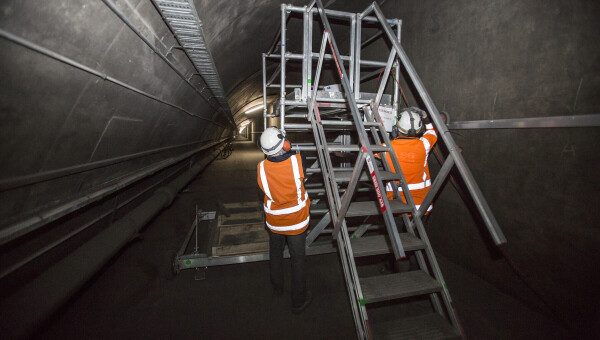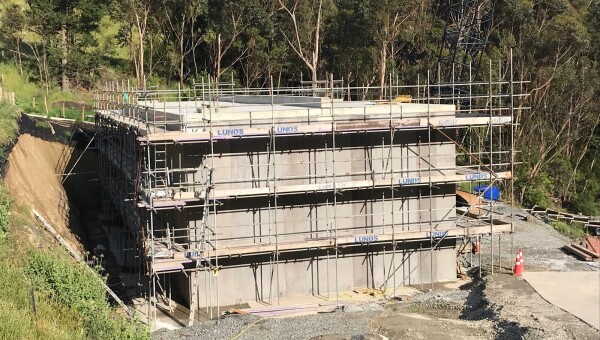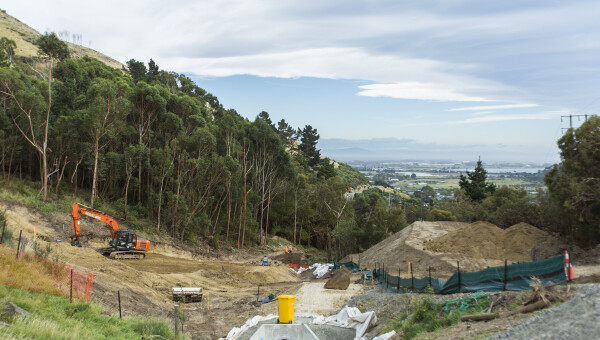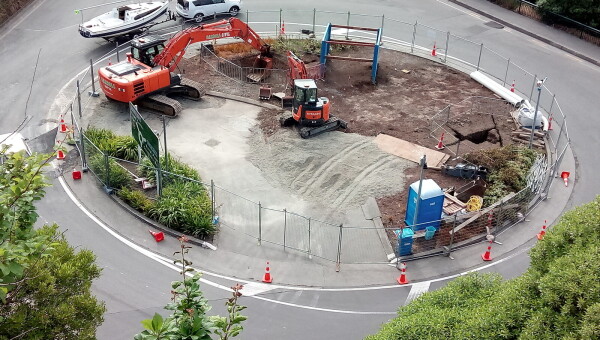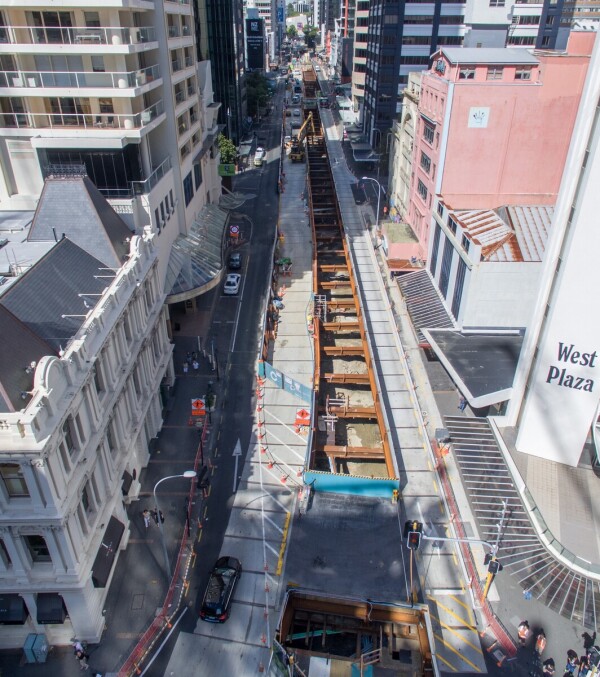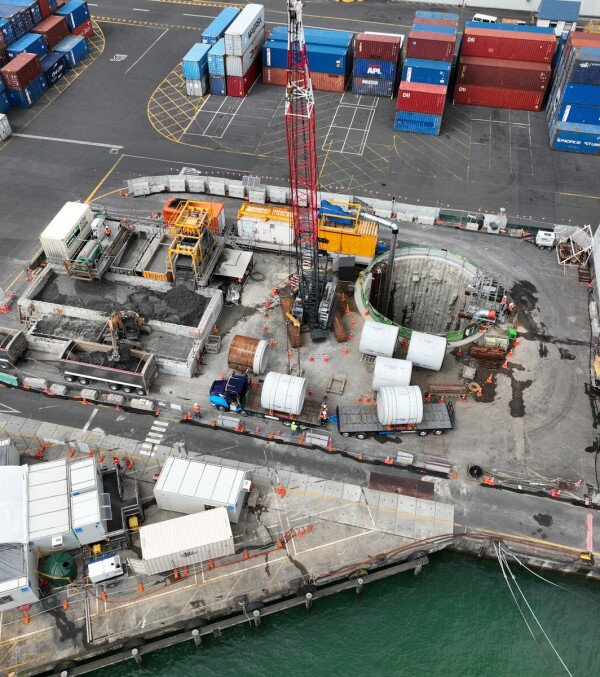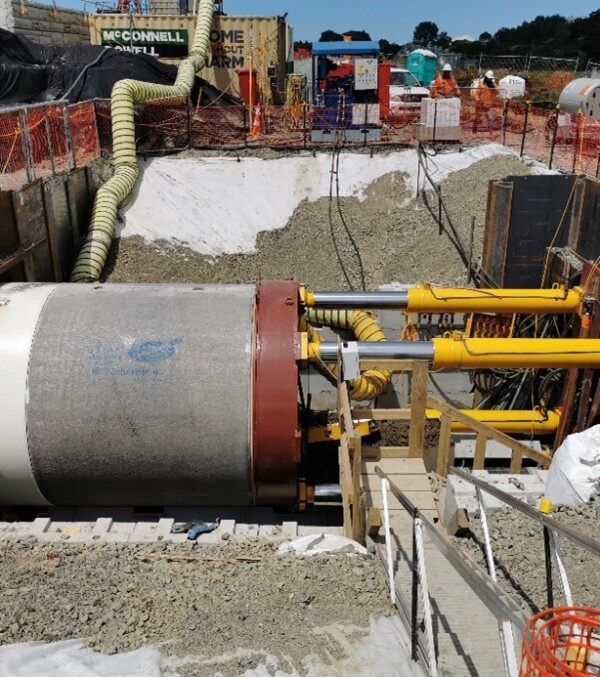|
Customer: Waka Kotahi NZ Transport Agency Contract: Design & Construct Location: Christchurch, New Zealand |
Fast Facts
|
We played a key role in restoring and future-proofing critical transport links in Christchurch including repairs to reopen Sumner Road and refurbishing the Lyttelton Tunnel.
The Lyttelton Tunnel, connecting Christchurch to the Lyttelton Port, is a vital link for more than 11,000 vehicles daily. After the Canterbury and Kaikoura earthquakes, its role became even more critical as the only direct route for port traffic, supporting fuel supplies and export logistics. On average, 600 fuel tankers travel through the tunnel each month, underscoring its importance to the South Island's economy.
We installed a new deluge fire suppression system and a 1.5 megalitre water reservoir above the tunnel, upgraded the Lyttelton water supply pipe, improved ventilation fan drives, and installed a new sewer pressure main. We also strengthened portal buildings, enhanced communications systems, added CCTV, and built a new pump house next to the fan house.
Working in an operational road tunnel posed significant challenges, especially in confined spaces like the air ducts. We prioritised safety, minimised disruptions during lane closures, and managed complex commissioning processes to seamlessly transition from old to new systems. Protecting the public and maintaining smooth operations were top priorities.
Our approach relied on meticulous planning, innovative solutions, and collaboration. For example, we designed a custom loading platform for air duct work to ensure safety and efficiency. Drawing on expertise from projects like the Waterview Connection and partnering with experienced local subcontractors and design consultants, we delivered a robust and reliable solution.
Effective communication was key. We worked closely with stakeholders - Lyttelton Port Company, freight operators, and dangerous goods transporters - to minimise disruptions and keep everyone informed.
By focusing on risk-based planning and proactive engagement, we ensured smooth delivery while safeguarding Waka Kotahi's reputation.

